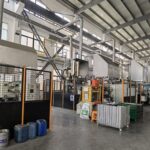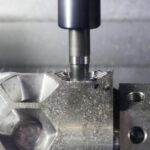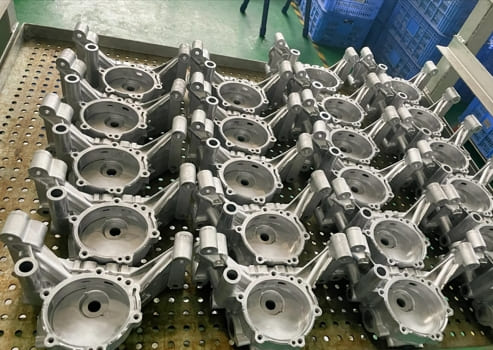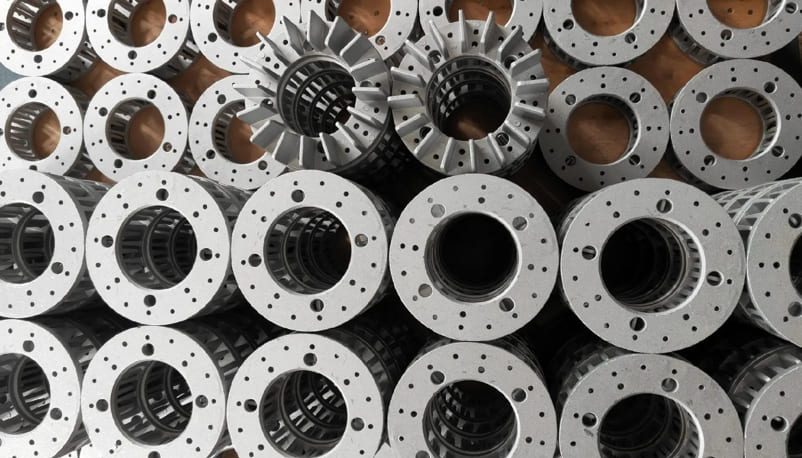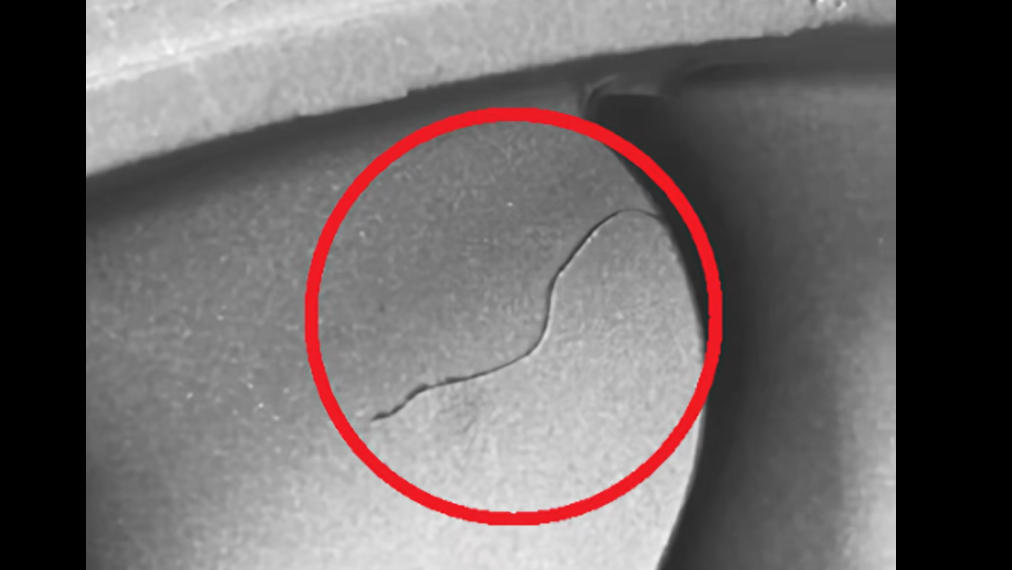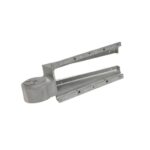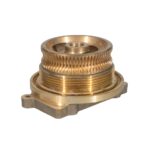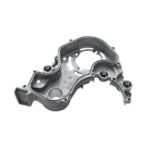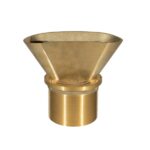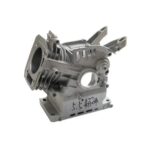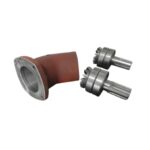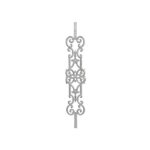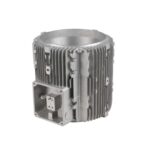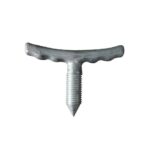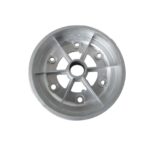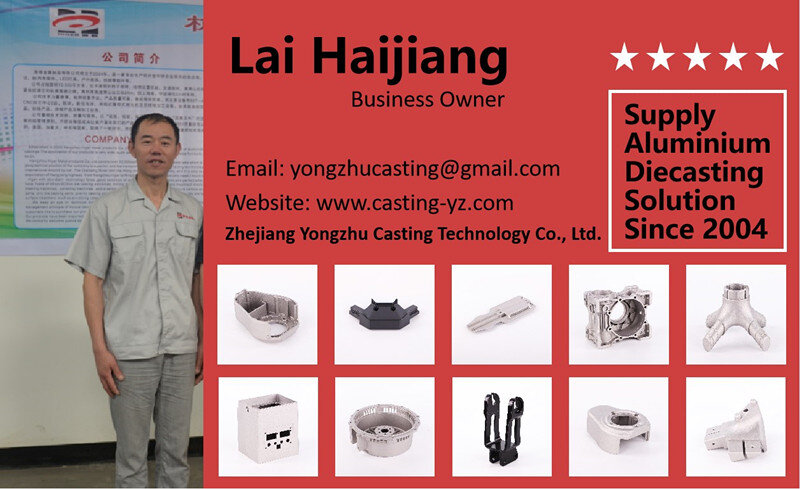
Leakage in die casting parts is a critical issue that can significantly impact the functionality and integrity of the final product. This guide provides a deep dive into the common causes of leaks in die casting, effective prevention strategies, and the role of the runner and sprue system in minimizing this pervasive problem.
Identifying the Causes of Leaks in Die Casting
Leaks in die casting parts often result from factors such as porosity, improper filling, and inadequate venting. Understanding these root causes is the first step towards implementing effective solutions to mitigate leakage issues.
Strategies for Preventing Leaks
- Optimized Design: Careful design of the part, including the gating system (runner and sprue), can significantly reduce the risk of leaks by promoting uniform filling and solidification.
- Quality Control: Implementing stringent quality control measures, including the use of x-ray inspection and pressure testing, ensures early detection of potential leaks.
- Material Selection: Choosing the appropriate alloy based on its fluidity, shrinkage rate, and other properties relevant to the die casting process is crucial for minimizing leaks.
Runner and Sprue Optimization: A Key to Leak Prevention
The design of the runner and sprue system plays a vital role in the overall quality of the die casting part. An optimally designed system ensures efficient metal flow, reduces turbulence, and minimizes the formation of porosity, significantly impacting the part’s susceptibility to leaks.
Conclusion
Preventing leaks in die casting is essential for maintaining the quality and reliability of manufactured parts. Through careful design, meticulous quality control, and the optimization of the runner and sprue system, manufacturers can significantly reduce the occurrence of leaks, ensuring the production of robust and reliable components.
Drop me an email with your ideas, and I’ll get back to you swiftly!



